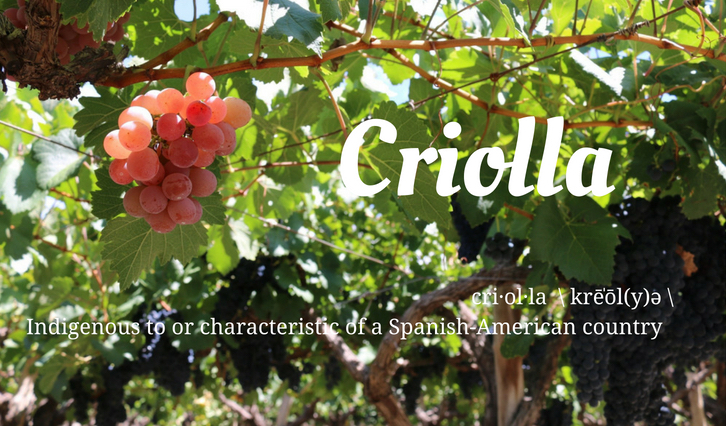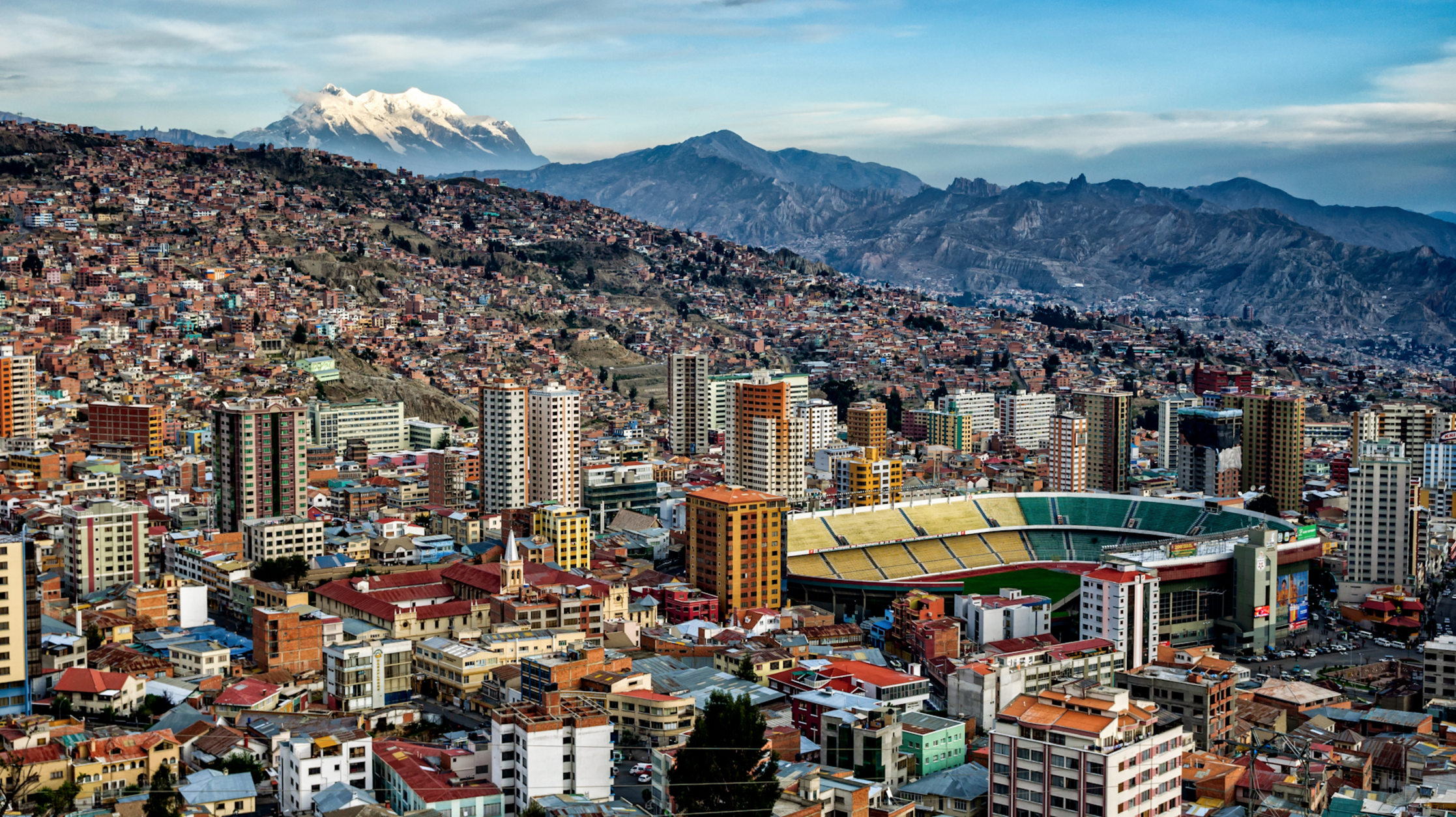What is Criolla
The Criolla Family Tree
Revaluing Criolla
Criolla Wine Production in Numbers
Recommended Criolla Wine Producers
If I had to pick just one wine to represent South America, it would be Criolla. Criolla is the foundation on which South American wine was built. It was the Criolla grape varieties that proudly spread throughout the Americas in the 16th and 17th centuries and give birth to wine industries and empires stretching from Chile to Mexico.
In the last century, however, Criolla grape varieties have largely been shunned by wine producers and consumers. Although tens of thousands of hectares of Criolla vines are still in existence today, Criolla wines are under the radar of most wine drinkers. But, as some winemakers are beginning to take notice of the potential of Criolla, could Criolla have a new lease of life as the quintessential South American wine?
The history of Criolla grape varieties & building fabric of South American wine
First of all, what is Criolla? ‘Criolla’ as a word or concept refers to a person or thing of Spanish-descent, born or developed in the Americas. Music can be Criolla, food can be Criolla, a person can be Criolla and – in this case – grape varieties are Criolla.
When talking about grapes, Criolla, in fact, refers to a family of grape varieties (although, confusingly, any member of that family can be called Criolla as a singular). There were a handful of first varieties – or founding Vitis vinifera varieties – brought by the Spanish in the mid-1500s when they colonised and started viticulture on the continent. The two most important ones were Moscatel de Alejandria and Listán Prieto.
During the first hundred years of New World viticulture, these varieties (which were brought from Spain either as sticks or seeds) were the first to be planted, yield grapes and be vinified. Moscatel de Alejandria was joined by Mollar and Palomino as the main white grapes brought from Europe. But it was actually Listán Prieto that proliferated the continent. This variety spread up to the US (where it is called the Mission grape) and down through South America with notable levels of production in Peru (where it is commonly called Negra Criolla), Chile (where it is called País), Bolivia (where it is called Missionera) and in Argentina (where it is called Criolla Chica). The 45+ synonyms give you an idea of its widespread and yet localised nature. In 1833, Listán Prieto is thought to have accounted for over 90% of Chile and Argentina’s vine plantings.

